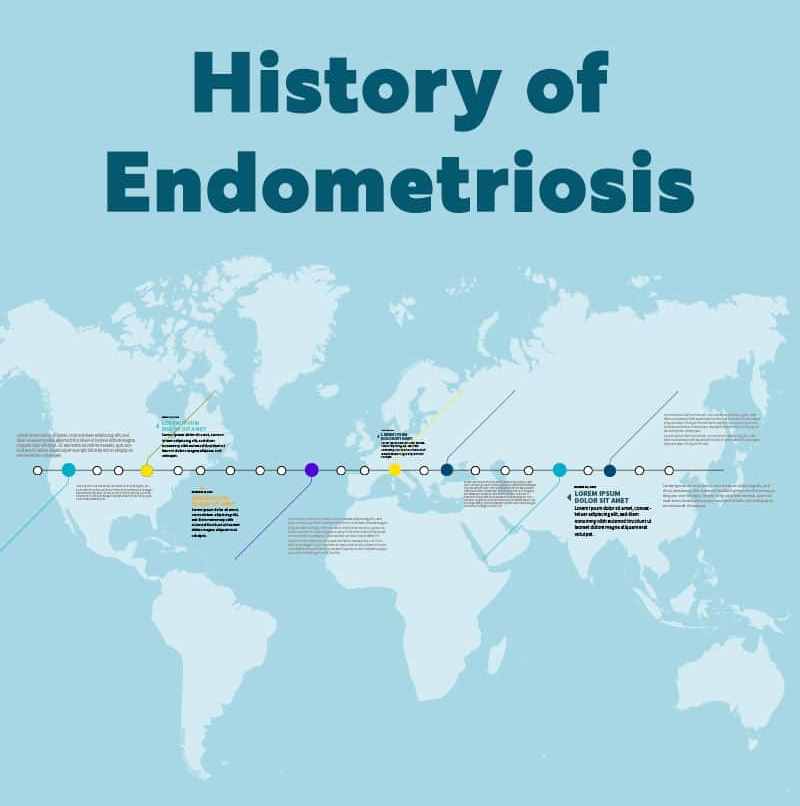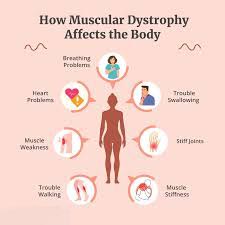Endometriosis: A Comprehensive Overview
Endometriosis is a chronic condition where tissue similar to the uterine lining grows outside the uterus, most often on the ovaries, fallopian tubes, and pelvic tissues. This misplaced tissue acts just like the normal uterine lining, thickening and bleeding with each menstrual cycle. Because this blood has nowhere to go, it leads to pain, inflammation, and the formation of scar tissue.
Symptoms vary from mild to severe and can also impact fertility. Despite being a common condition that significantly affects a person’s quality of life, it’s often misdiagnosed or goes undiagnosed for a long time.
History of Endometriosis
In the 17th century, German physician Daniel Schrön provided some of the first detailed descriptions of lesions resembling endometriosis. A major breakthrough occurred in the mid-19th century when Austrian pathologist Karl von Rokitansky microscopically identified endometrial tissue outside the uterus.
The term ‘endometriosis’ was coined in 1927 by American gynecologist John A. Sampson, who also proposed the retrograde menstruation theory as a cause. Despite these advances, the recognition and treatment of endometriosis have progressed slowly due to societal attitudes and insufficient research.

Incidence in World and India
Endometriosis affects about 10% of women and girls of reproductive age globally, which is approximately 190 million people. Some sources estimate this number to be as high as 247 million.
In India, the disease is also widespread. It’s estimated that 42 million to 43 million women are affected, with some reports suggesting India accounts for a quarter of the global burden. These numbers highlight the critical need for better awareness and management of endometriosis in the country.


Symptoms of Endometriosis
Endometriosis is a chronic condition where tissue similar to the uterine lining grows outside the uterus, most often on the ovaries, fallopian tubes, and pelvic tissues. This misplaced tissue acts just like the normal uterine lining, thickening and bleeding with each menstrual cycle. Because this blood has nowhere to go, it leads to pain, inflammation, and the formation of scar tissue.
Symptoms vary from mild to severe and can also impact fertility. Despite being a common condition that significantly affects a person’s quality of life, it’s often misdiagnosed or goes undiagnosed for a long time.
What are the Symptoms ?
- Pelvic pain
- Painful periods (dysmenorrhea)
- Pain during or after sexual intercourse (dyspareunia)
- Heavy periods
- Infertility
- Fatigue
- Depression and anxiety
- Pain with urination (dysuria) or bowel movements during a menstrual period (dyschezia)

What is Endometriosis?
The symptoms of endometriosis can vary widely in intensity and presentation, making diagnosis challenging. While some individuals experience no symptoms, others suffer from severe and debilitating pain that significantly impacts their quality of life. The most common symptoms are often related to the menstrual cycle, as the misplaced endometrial tissue responds to hormonal fluctuations.
Key symptoms of endometriosis include:
- Pelvic pain
- Painful periods (dysmenorrhea)
- Pain during or after sexual intercourse (dyspareunia)
- Heavy periods
- Infertility
- Fatigue
- Depression and anxiety
- Pain with urination (dysuria) or bowel movements during a menstrual period (dyschezia)

What is Endometriosis?
The symptoms of endometriosis can vary widely in intensity and presentation, making diagnosis challenging. While some individuals experience no symptoms, others suffer from severe and debilitating pain that significantly impacts their quality of life. The most common symptoms are often related to the menstrual cycle, as the misplaced endometrial tissue responds to hormonal fluctuations.
Key symptoms of endometriosis include:
- Pelvic pain
- Painful periods (dysmenorrhea)
- Pain during or after sexual intercourse (dyspareunia)
- Heavy periods
- Infertility
- Fatigue
- Depression and anxiety
- Pain with urination (dysuria) or bowel movements during a menstrual period (dyschezia)

